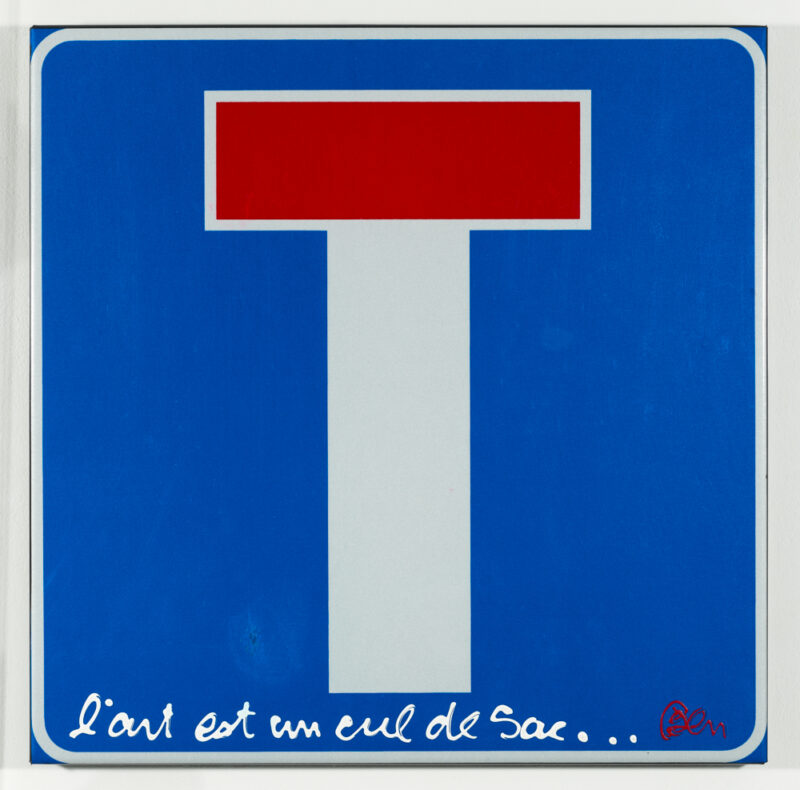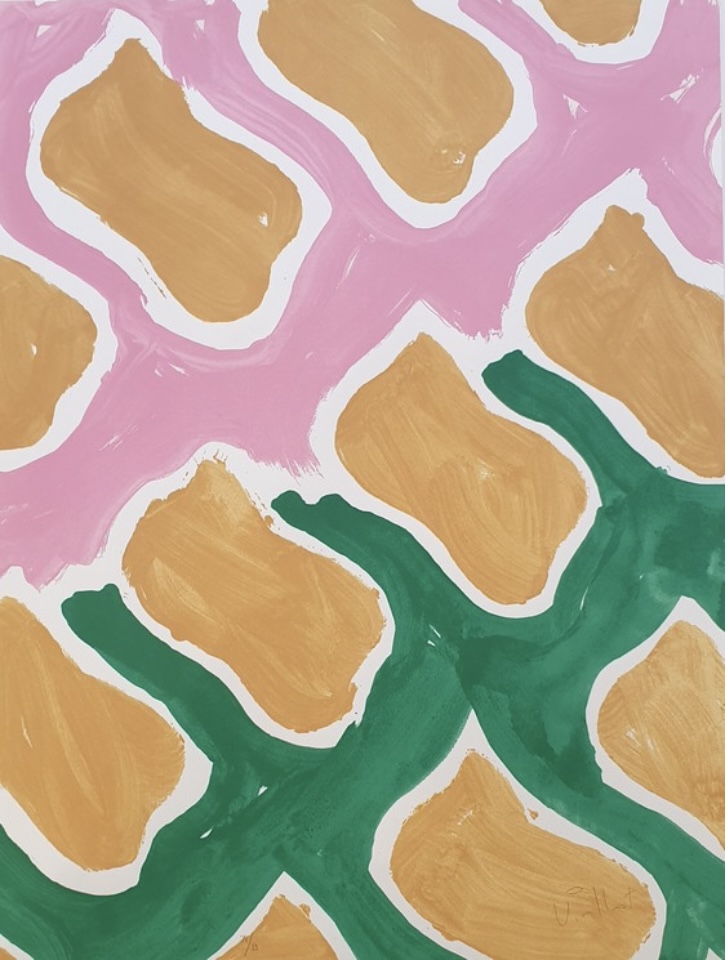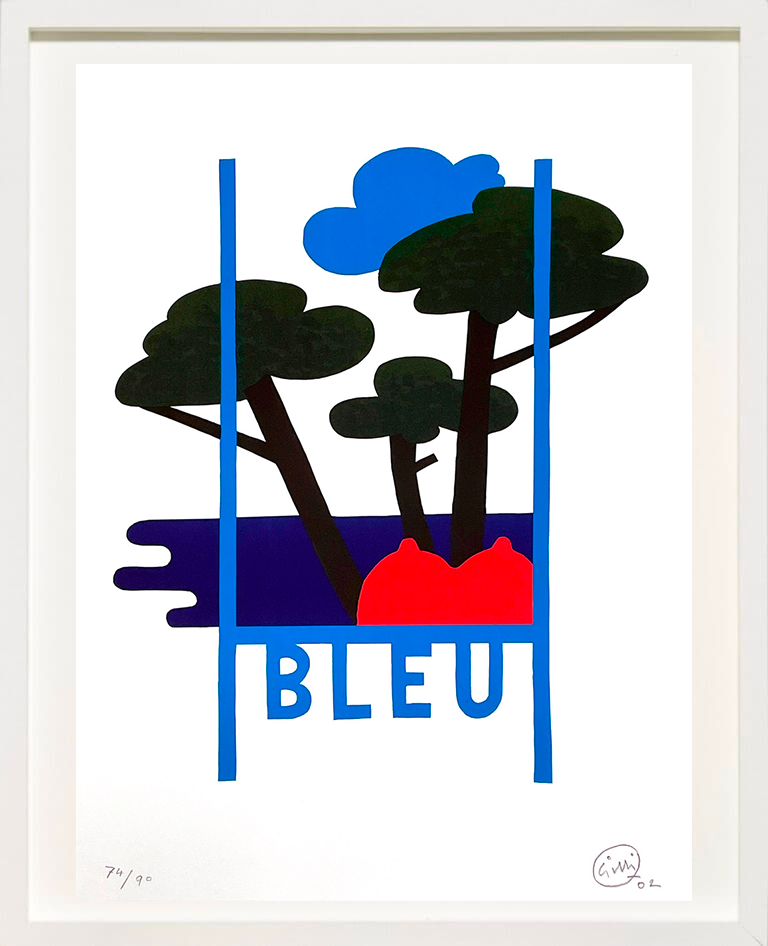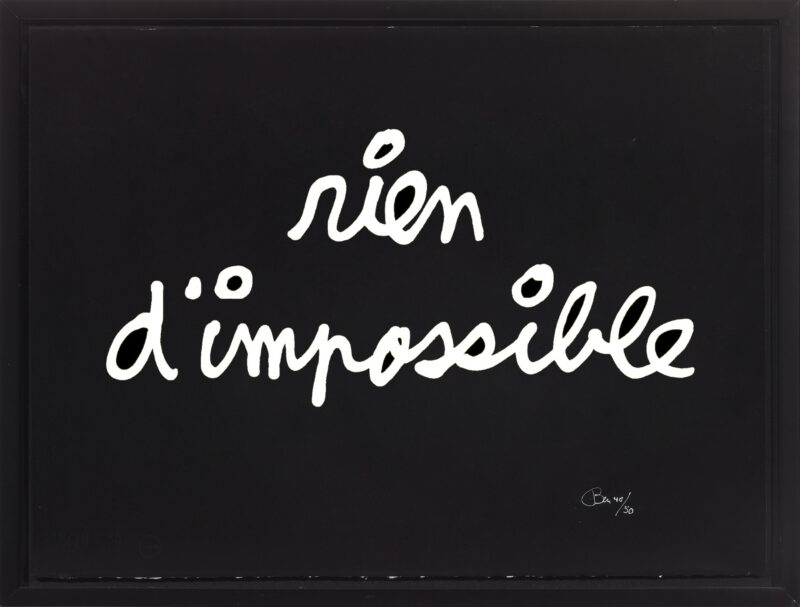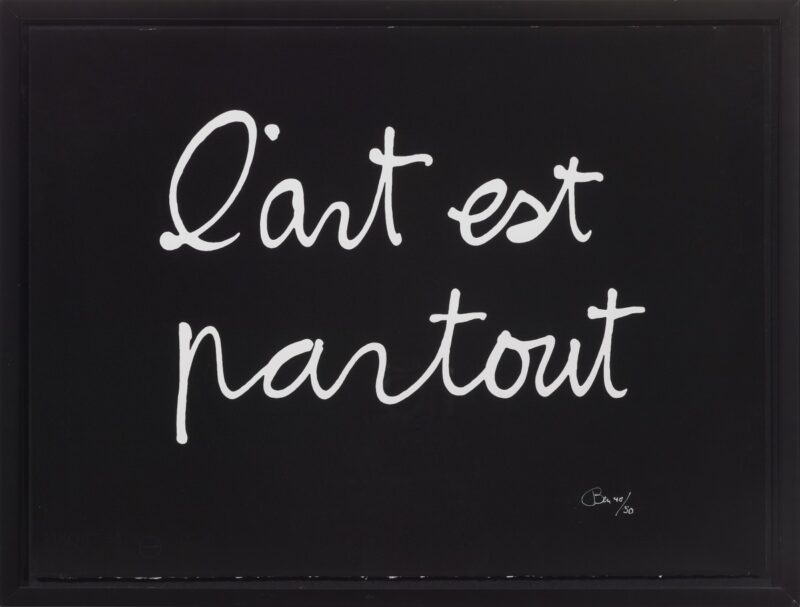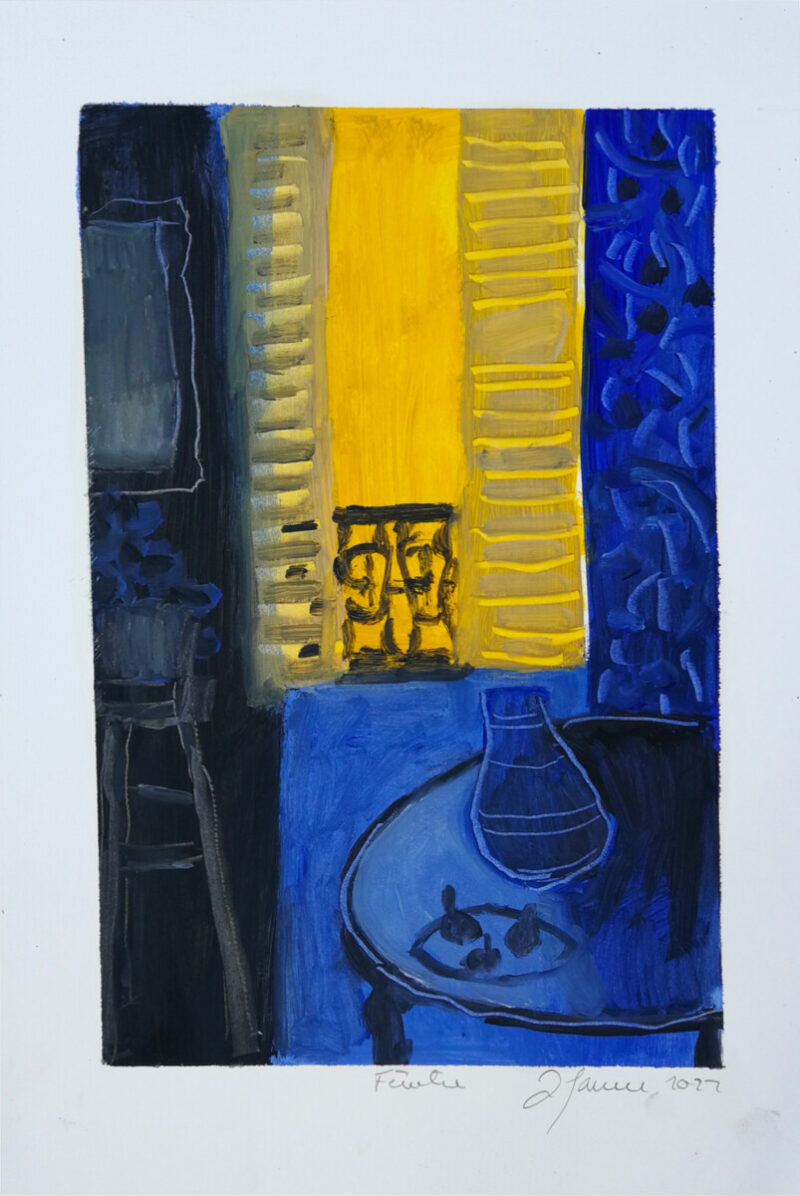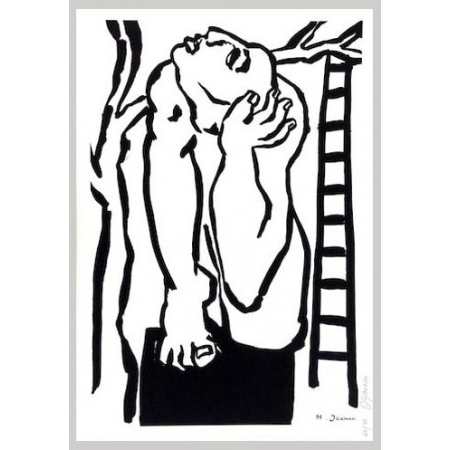- Artists
- Agnès Vitani
- Anne-Laure Wuillai
- BEN (Ben Vautier)
- Benoît Barbagli
- Marc Chevalier
- Caroline Rivalan
- Charlotte Pringuey-Cessac
- Florian Pugnaire
- Florian Schönerstedt
- François Paris
- Frédérique Nalbandian
- Gérald Panighi
- Gilles Miquelis
- Gregory Forstner
- Jacqueline Gainon
- Joseph Dadoune
- Jeanne Susplugas
- Maxime Parodi
- Mona Barbagli
- Natacha Lesueur
- Simone Simon
- Tom Barbagli
- Exhibitions
- News
- Store
- Eva Vautier Gallery
- Artists
- Agnès Vitani
- Anne-Laure Wuillai
- BEN (Ben Vautier)
- Benoît Barbagli
- Marc Chevalier
- Caroline Rivalan
- Charlotte Pringuey-Cessac
- Florian Pugnaire
- Florian Schönerstedt
- François Paris
- Frédérique Nalbandian
- Gérald Panighi
- Gilles Miquelis
- Gregory Forstner
- Jacqueline Gainon
- Joseph Dadoune
- Jeanne Susplugas
- Maxime Parodi
- Mona Barbagli
- Natacha Lesueur
- Simone Simon
- Tom Barbagli
- Exhibitions
- News
- Store
- Eva Vautier Gallery


